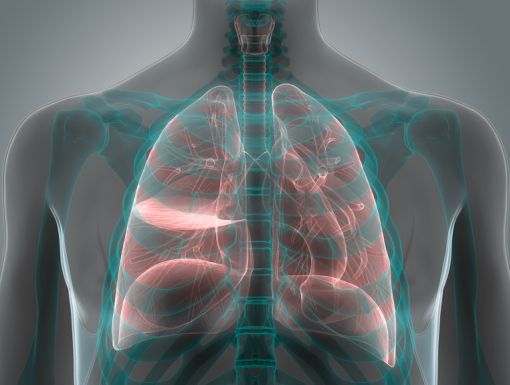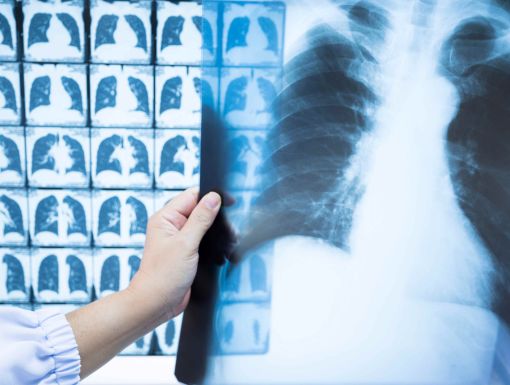
What is the Deadliest Cancer for Women?
You might think that breast cancer is the deadliest cancer for women. Breast cancer is certainly a concern, coming in second only to skin cancer as the type of cancer most common in women, according to the CDC. But the type of cancer most lethal for women – as well as men – is lung cancer.
The American Lung Association says that lung cancer surpassed breast cancer in 1987 as the leading cause of cancer deaths in women. The Lung Association reports more sobering statistics:
- The overall lung cancer five-year survival rate (18.6 percent) is lower than many other leading cancers, such as colorectal (64.5 percent), breast (89.6 percent) and prostate (98.2 percent).
- The five-year survival rate for lung cancer is 56 percent for cases detected when the disease is still localized within the lungs. But only 16 percent of lung cancer cases are diagnosed at an early stage. For tumors that have spread to other organs, the five-year survival rate is only 5 percent.
- More than half of people with lung cancer die within one year of being diagnosed.
The American Cancer Society’ estimates that in 2021, there will be 235,760 new cases of lung cancer (119,100 in men and 116,660 in women), and about 131,880 deaths from lung cancer (69,410 in men and 62,470 in women).
What are the risk factors for lung cancer?
The most significant cause of lung cancer is smoking, the American Lung Association reports. Eighty percent of lung cancer deaths in women are due to smoking. Women who smoke are 13 times more likely to develop lung cancer than women who never smoked.
According to The Truth Initiative, 1 in 8 women smokes. In 2017, 12.2 percent of women smoked compared with 15.9 percent of men.
In the United States, women’s smoking rates historically have been lower than men’s. The good news about smoking rates is that they have dropped over time. However, men’s smoking rates have been dropping faster than women’s. Women’s smoking rates dropped 25.4% since 2005, while men’s rates dropped 26.8%, the Truth Initiative says.
In 2016, 15.5% of white women smoked, compared with 13.5% of Black women, 7% of Hispanic women and 4.6% of Asian women.
If you don’t smoke, but you’re exposed to people who do, at home or at work, for example, you are also at risk. Nonsmokers have a 20% to 30% higher chance of developing lung cancer if they are exposed to secondhand smoke at home or work. In fact, exposure to secondhand smoke causes approximately 7,330 lung cancer deaths each year.
What is the treatment for lung cancer?
Ochsner has the only multi-specialty program in the region focusing on lung-sparing advanced therapeutics for lung cancer. Our lung cancer program offers the latest advances in cancer imaging, robotic surgical techniques, image-guided radiation therapy and targeted chemotherapy. Our team works in a collaborative fashion to ensure that each patient gets individualized treatment.
Performing traditional as well as minimally invasive thoracic and robotic surgical procedures, our board- certified thoracic surgeons routinely treat patients with:
- Lung cancer
- Nodules, masses, effusions and other potential lung cancer indicators
- Mesothelioma
- Thymic tumors, mediastinal masses and other thoracic malignancies
How to reduce your risk
In 1939, Dr. Alton Ochsner co-authored an initial report linking smoking to lung cancer. He went on to pioneer lung cancer treatment. Continuing his legacy motivates us still as we look for new ways to stop cancer in its tracks.
We’re carrying on Dr. Ochsner’s legacy today. Ochsner partners with the Smoking Cessation Trust to offer free smoking cessation counseling to anyone 18 or over in Louisiana and Mississippi. Medications may be covered at a free or reduced cost.
It is also important to avoid secondhand smoke exposure, whether at work or at home.
Learn more about thoracic surgeon Brian Pettiford, MD


